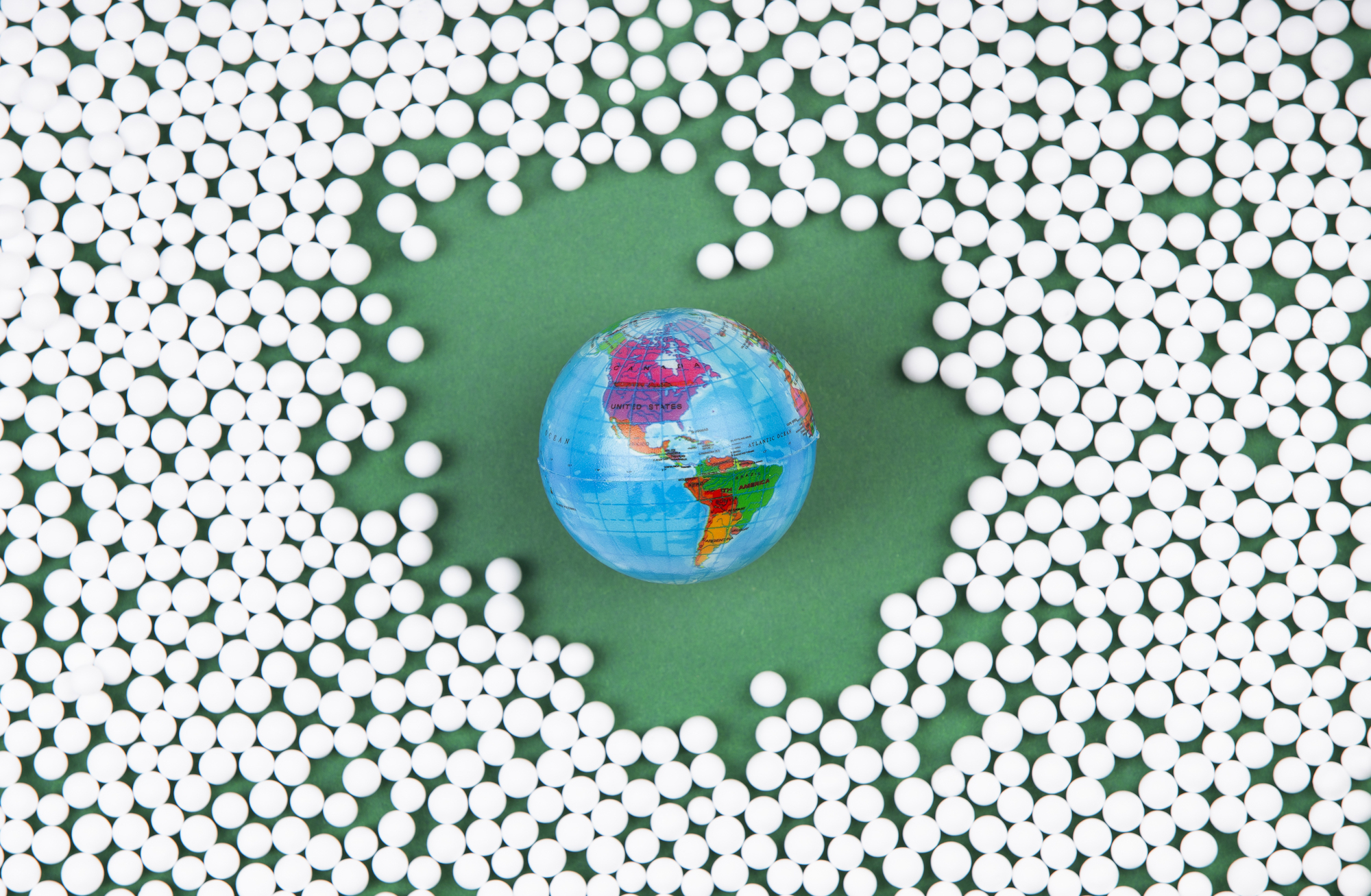Nanoplastics: a danger for the human placenta
Plastics have become ubiquitous in our daily lives, and their impact on the environment and our health is increasingly worrying. As plastics wear, they release nano-sized particles called “nanoplastics”. These can be found everywhere, in air, soil, water and even human tissue. But what are the effects of these nanoplastics on our health, and more specifically on the human placenta?
An in vitro study on the effects of nanoplastics on the placenta
The team led by Amal Zerrad-Saadi, professor-researcher at Paris-Cité University and the research unit Placental and reproductive functions, pre- and post-natal microbiota (FPRM, unit 1139 Inserm/Paris-Cité University) in Paris, has conducted an in vitro study to investigate the effects of nanoplastics on the human placenta. The researchers exposed placental cells to polystyrene particles of various sizes, equivalent to those found in the blood of the general population. The results showed that nanoplastics can induce an inflammatory response and disrupt cell function, notably the production of the hormone b-hCG, essential for a healthy pregnancy.
A deleterious impact of nanoplastics on placental endocrine function
The results of this study show that nanoplastics have a deleterious impact on the endocrine function of the human placenta, i.e. its ability to produce hormones. Smaller polystyrene particles are more rapidly internalized and more toxic than larger ones. The researchers also questioned whether nanoplastics could be endocrine disruptors.
More research to come
The study by Amal Zerrad-Saadi’s team is a first step in understanding the effects of nanoplastics on the placenta. The researchers plan to continue their research by studying the effect of other types of nanoplastics and exposing placental cells to these particles over a longer period. They also plan to analyze contamination rates in human placentas and look for possible associations with placental health problems. The results of this study underline the importance of reducing our exposure to plastics and seeking alternatives to protect our health and that of our environment.
Sources :
Amal Zerrad-Saadi is a teacher-researcher at Paris-Cité University and in the research unit Placental and reproductive functions, pre- and post-natal microbiota (FPRM, unit 1139 Inserm/Paris-Cité University) in Paris.
L. Poinsignon et al. Exposure of the human placental primary cells to nanoplastics induces cytotoxic effects, an inflammatory response and endocrine disruption. J Hazard Mater February 26, 2025; doi: 10.1016/j.jhazmat.2025.137713
This article has been adapted from content published by Inserm. Find the source article and all references on the Inserm website.

